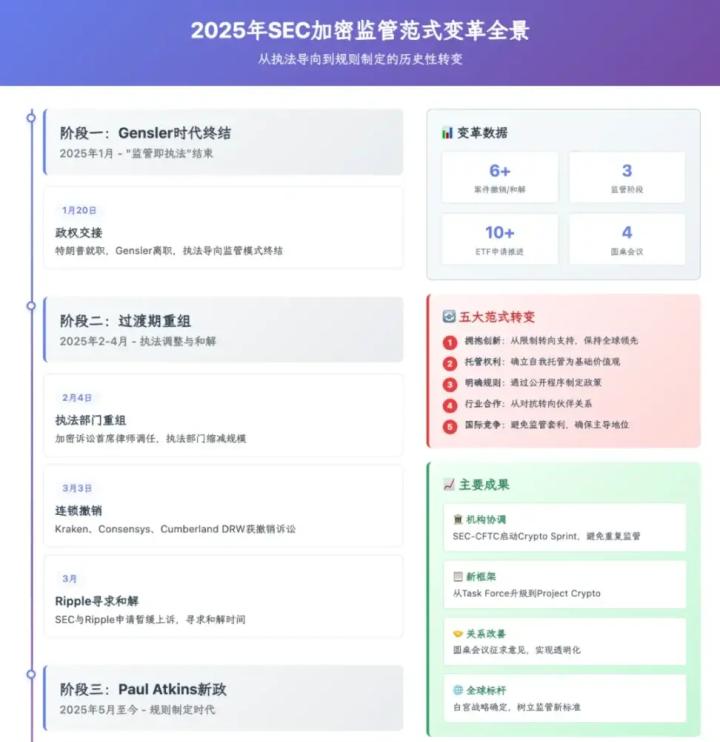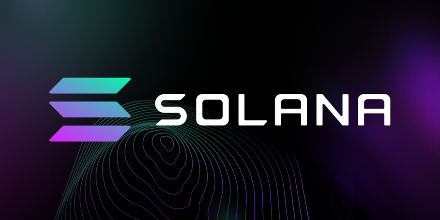Author: Paul Veradittakit
Translated by: TechFlow
Key Takeaways
Entering its second decade, Ethereum is establishing its position as the foundational layer for stablecoins, DeFi, and tokenized assets.
Digital Asset Treasuries (DATs) are reducing token circulation and driving institutional demand for ETH, thereby creating structural price support.
With regulatory clarity and Ethereum Foundation reforms, Ethereum will gradually become the core infrastructure for on-chain capital markets, enabling long-term growth.
Origins of the Ethereum Vision
Before creating Ethereum, Vitalik Buterin was an early Bitcoin supporter and worked at Bitcoin Magazine. There, he realized Bitcoin lacked scripting capabilities and couldn't meet application development needs. He proposed a bold concept: creating Ethereum with a universal scripting language, designed to run on a decentralized, permissionless network. This idea seemed avant-garde at the time and raised many doubts—after all, it was just a young person without big company backing trying to create an entirely new technological system.
However, the key to changing many early investors' perspectives was that more and more applications chose to build on Ethereum rather than Bitcoin and its Layer 2, indicating Ethereum was more suitable for application development. One of the first "killer apps" validating this was Augur—a decentralized prediction market. Augur demonstrated Ethereum's powerful potential: supporting robust applications based on transparency, automation, and financial logic, while allowing developers to issue tokens, coordinate governance, and natively raise funds, directly giving rise to the ICO (Initial Coin Offering) boom.
[The rest of the translation continues in the same professional and accurate manner, maintaining the specified terminology translations.]Meanwhile, the new leadership and rapid development of the Ethereum Foundation (EF) are driving the rapid iteration of the chain. This transformation includes leadership restructuring, protocol team structure adjustment, strict Treasury policies, and an accelerated technical roadmap to address community criticisms about efficiency, transparency, and competitiveness. By focusing on Layer 1 expansion, Blobspace, user experience (UX) optimization, and DeFi integration, the aim is to consolidate Ethereum's dominance in institutional adoption (such as Robinhood's stock tokens on Arbitrum) and blockchain competition (such as Solana). Despite challenges like talent retention and community expectation management, EF's strategic transformation has laid the foundation for Ethereum to seize opportunities in capital market chain migration, such as the emergence of innovative cases like Robinhood Chain and Pantera ecosystem investments.
Final Thoughts
Stablecoins have finally locked onto a reliable track and been reinforced by regulatory clarity from acts like the GENIUS Act, thereby boosting their demand. Digital asset Treasuries are the engine behind this demand. They absorb market liquidity, drive up prices, and provide institutions with a one-stop solution for holding crypto assets. In today's market, which values structural returns more, tokens with deflationary pressure and linked to real cash flows will become the ideal underlying assets for DATs. This trend will further drive ETH price increases, while demand for the Ethereum blockchain will surge accordingly.
We are at a critical moment of major infrastructure transformation, which requires not a magic solution, but a series of solutions that can address numerous thorny problems. At Pantera Capital, we are always committed to investing in solutions that can empower the next stage of on-chain capital markets, simplify financial infrastructure, and expand blockchain innovation perspectives. Ethereum is at the center of this transformation, serving as the core pillar of stablecoins, the preferred platform for institutions, and a catalyst for the continuous development of the digital asset economy, leading the industry towards a brand new future.






